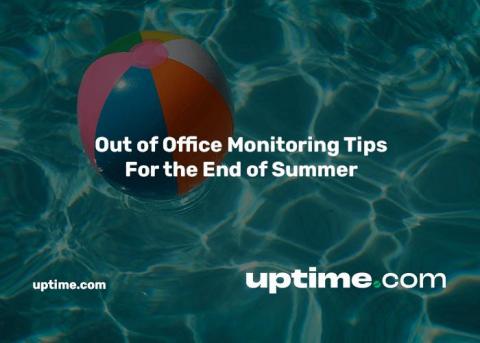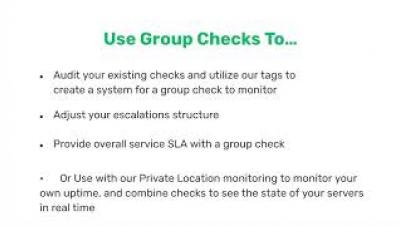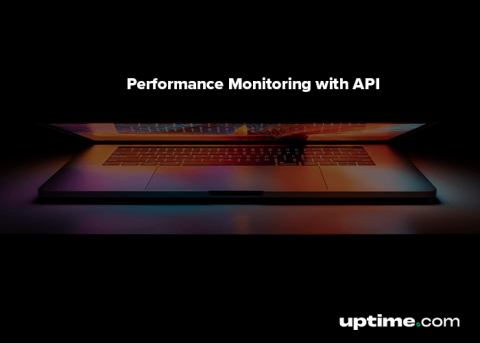Out Of Office Monitoring Tips for the End of Summer
Employees are returning from vacation, the weather is (finally) cooling down and summer is coming to a close. It can feel a bit overwhelming returning to work and getting back into the swing of things. When it comes to website monitoring, there are simple steps you can take to make sure your transition is as smooth as possible. Take advantage of a few ounces of pre-vacation prevention to save on pounds of post-holiday cure.






